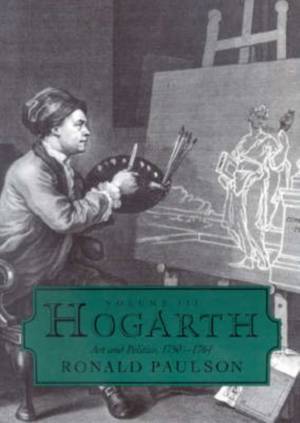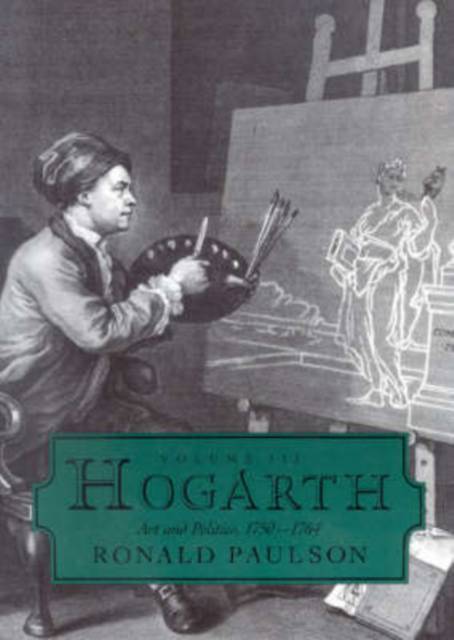
- Retrait gratuit dans votre magasin Club
- 7.000.000 titres dans notre catalogue
- Payer en toute sécurité
- Toujours un magasin près de chez vous
- Retrait gratuit dans votre magasin Club
- 7.000.000 titres dans notre catalogue
- Payer en toute sécurité
- Toujours un magasin près de chez vous
77,45 €
+ 154 points
Format
Description
This final volume of Paulson's magnificent biography takes Hogarth from his fifty-third year to his death at sixty-seven. The period opens with Hogarth at the height of his powers; a figure of influence with the literary generation of Richardson and Fielding, he was known to an unprecedented spectrum of English men and women. At this point, Hogarth chose to philosophise about art, extending his successful practice in aesthetic theory, in The Analysis of Beauty, partly in reaction to the agitation for an art academy based on the French model, partly out of the conviction that his art required verbal validation, and partly (some contemporaries felt) out of hubris. And at the same moment, the hard won fabric of his reputation began to unravel. A new generation had arisen, some friendly and interested in building on Hogarth's achievement, but some determined to supersede what seemed to be, in England of the 1750s, too insular a figure to represent English art and culture to the world. Theconsequences - given his own doggedness and the shifting allegiances of former friends - were tumultuous and darkened the last years of Hogarth's life, pushing him to extremes of theory, practise and self-justification. For the first time in his career he found himself apparently out of step with his times. Although these cannot be called happy years, they elicited form Hogarth some of his most brilliant and audacious works, in writing as well as painting and engraving. In many ways he had already, by 1750, anticipated the Reynold's generation pointing the way into the Promised Land, but disagreeing over the nature of that promise. More than the earlier two volumes, Art and Politics focuses on the reception of Hogarth and his works. The paranoid strain in Hogarth responded to the notion of being attacked; and this also reflected his increasing fear of the general audience he had himself helped to create as no longer a public but a crowd.
Spécifications
Parties prenantes
- Auteur(s) :
- Editeur:
Contenu
- Nombre de pages :
- 596
- Langue:
- Anglais
Caractéristiques
- EAN:
- 9780718828752
- Date de parution :
- 07-01-93
- Format:
- Livre relié
- Format numérique:
- Genaaid
- Dimensions :
- 152 mm x 228 mm
- Poids :
- 254 g







